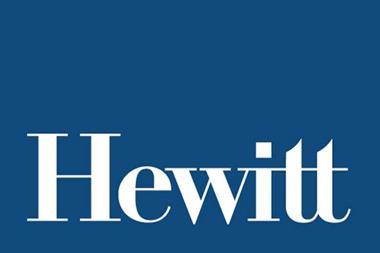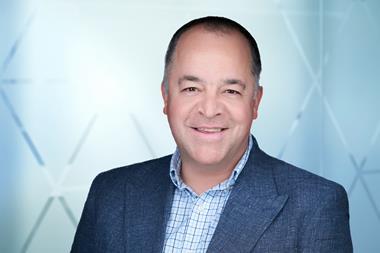Soft rates and a tough economy are making it difficult for mega-brokers to increase profits. But the woes of big insurers may force a better market environment for all
Global brokers are between a rock and a hard place. They thrive when the economy is good and driving insurance demand, and when insurance rates are hard. Yet at the moment, both the economy and rates are against them.
An anonymous equity analyst says: “Insurance prices aren’t rising; they are stabilising after several years of decline, but they are not there yet.” If the global economy has seen a small improvement, it has done little so far to boost insurance-buying. The analyst says: “There is not a demand tailwind helping brokers’ results.”
What is more, cut-throat competition particularly among the bigger hitters is eating revenue. The battle for new business is unlikely to die down soon.
Growth as a result of acquistions
Equity analyst at stockbroker Stifel Nicolaus, Meyer Shields, sees Willis’s appointment of former AIG chief executive Martin Sullivan – brought in to develop multinational and global accounts – as evidence of the broker’s competitive ambitions. Shields says: “One of the tools you use to go after that space is how much you get paid.”
Aon’s acquisition of HR consultancy Hewitt Associates could also signal stiffening competition. “Aon was making comments about getting their ducks in a row for competing aggressively for larger clients in their insurance brokerage, so I can’t see any reason to expect competition to abate,” he said.
The combination of challenges is making it difficult for brokers to increase revenue and profit. The anonymous analyst says most companies are only seeing growth as a result of acquisitions, "which most of them are doing to a lesser or greater extent".
Pressures could push up prices
He adds: “Volume-wise and earnings-wise, and acquisitions notwithstanding, they have been moving sideways for two or three years.”
The situation is unlikely to change quickly. Shields admits: “It won’t be great for a little while.”
However, brokers should not lose heart. There are positive signs. While insurance rates have not yet begun to harden, insurance carriers are facing pressures that could push up prices.
For example, insurers, like brokers, are finding it tough to generate decent investment returns, and reserve releases from old underwriting years are starting to dry up. Shields says that, based on the results of US publicly listed insurers announced so far, reserve releases are down 20% year on year.
All's well that ends well
“We are starting to see significant evidence that the fundamental results of the commercial insurance industry are corroding pretty quickly,” says Shields.
Some insurers, notably Aspen, have even had to strengthen prior-year reserves for certain business lines. Shields says: “As this happens, it becomes clear to companies that their capital is lower than they thought, which should translate into an increase in demand for reinsurance as a form of capital.
“I don’t think we will have a hard market before 2012, but I do think things are turning in the direction that is going to be favourable for brokers.”
Hosted by comedian and actor Tom Allen, 34 Gold, 23 Silver and 22 Bronze awards were handed out across an amazing 34 categories recognising brilliance and innovation right across the breadth of UK general insurance.













































